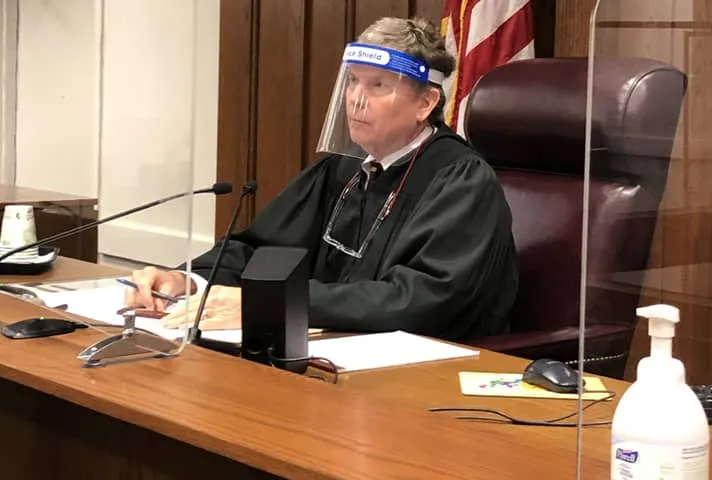
In the early days of COVID-19, Chief Judge James K. Bredar of the District of Maryland wore a plastic face shield while in the courtroom. Plexiglass barriers were added throughout the courtroom for additional safety.
For more than 130 years, federal courts worked largely in isolation from one another — a necessity in times when judges traveled by horse, then train, and finally Model-T automobiles.
That began to change in 1922, when Chief Justice William Howard Taft persuaded Congress to create the Conference of Senior Circuit Judges, a national policy body that later was renamed the Judicial Conference of the United States. Taft said more unified leadership was needed, declaring that “heretofore, each judge has paddled his own canoe.”
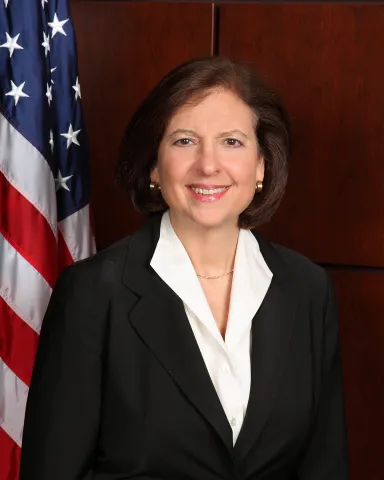
Judge Audrey G. Fleissig
When COVID-19 struck in early 2020, Taft’s vision of a Judiciary that could work in unison was put to perhaps its greatest test. For critical weeks and months, the Judiciary’s very ability to conduct proceedings was endangered. The Conference, the Administrative Office of the U.S. Courts (AO), and judges and court staff across the country worked tirelessly to keep courts open and safe.
“I am just so proud of what the courts did, and it couldn't have happened without the coordinated contribution of everybody,” said Judge Audrey G. Fleissig, who was chair of the Committee on Court Administration and Case Management when COVID-19 struck. “We kept our courts open and moving, and that was a monumental endeavor that took everyone's best efforts.”
As with most of America, COVID-19’s rapid escalation caught the Judiciary off-guard. The last major pandemic had occurred during World War I, so there was no institutional memory to draw on.
“We had never experienced something like this, and we really weren’t the best prepared,” said Judge L. Scott Coogler, a member of the Judicial Conference Executive Committee. “Even in March [2020], we didn't have a good grip on how long it would take. There still was a certain amount of, how bad is this going to be? Is it going to be a month? A few weeks?”
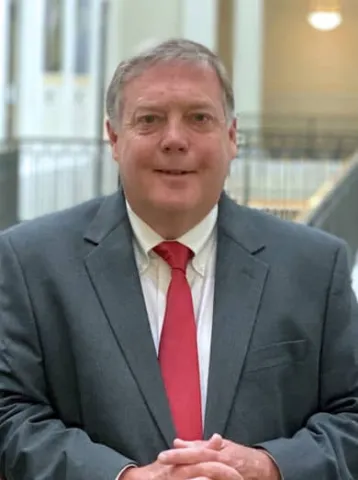
Judge L. Scott Coogler
As the reality became clearer, virtually all facets of the justice system were thrown into disarray.
Many courts canceled jury trials, and some closed their doors to the public. Defendants, locked down in detention facilities, could not be transported to courthouses, or even communicate with lawyers. Courts clamored for protective gear for employees, and questions abounded on how to keep the air safe inside courthouses.
The AO immediately convened a national task force that brought together judges, clerks of court, probation chiefs, federal defenders, and other court leaders from around the country. Also invited were agencies that intersected with the courts — the Department of Justice, U.S. Marshals Service, and General Services Administration.
For 18 months, the AO COVID-19 Task Force identified the most pressing policy and operational issues affecting the courts. The task force and the AO played a critical role in coordinating the Judicial Conference committees, communicating with Congress, and researching common issues from a national perspective. Best practices, collected from circuits and districts, were posted on a Judiciary intranet site, receiving hundreds of thousands of visits from judges and court staff across the country.
“A strength of our court system is its ‘federal’ nature. We rely on localized administration from the circuits and districts when it makes sense and is most efficient,” said James C. Duff, who as AO director in 2020 convened the COVID-19 task force. “But it was one of the biggest challenges in the pandemic. There are times when strong, centralized uniformity is needed, and the COVID-19 crisis called for that.”
Revising Criminal Procedures
In the early days, one crisis loomed above all others. With no safe way to convene juries, lawyers, or defendants, video and teleconference proceedings were quickly seen as essential.
The civil and bankruptcy rules provided judges with enough flexibility to hold virtual proceedings. But live video or audio transmissions generally were not authorized in federal criminal cases, and for some criminal proceedings were expressly forbidden.
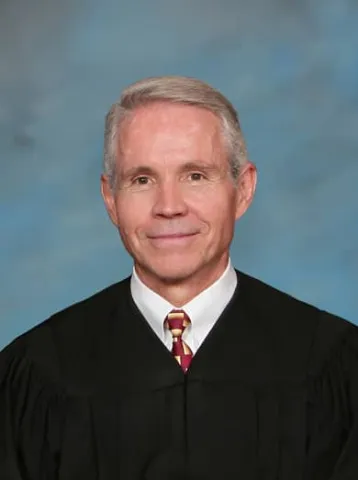
Judge David G. Campbell
“The federal Rules of Criminal Procedure, for very good reasons, largely required in-person proceedings,” said Judge David G. Campbell, then chair of the Committee on Rules of Practice and Procedure. “The rules in most of the important criminal proceedings did not allow video conferences or teleconferences. It just wasn't there. And yet now we couldn't hold in-person proceedings.”
By statute, changes to the federal rules of procedure take years. Because there is no expedited method for amending the rules, legislation was the only answer. Congressional staff initially proposed to the Supreme Court that Congress rewrite the rules of criminal procedure and some statutes related to the courts. One proposal was to amend the Speedy Trial Act, which could have led to longer pretrial detention for defendants.
The overture led to an urgent sprint by the Judicial Conference and AO to propose alternative language for inclusion in the CARES Act, a COVID-19 relief bill that was on a fast track in Congress.
“I think we actually had nine or 10 days,” Campbell recalled. “It was an all-hands-on-deck, 18-hours-a-day period that was very different from our normal rules process.”
The Rules Committee conducted an initial assessment of a possible legislative remedy.
“Over the course of 24 hours, we formulated a response to Congress and reached some basic conclusions,” Campbell said. “One was we shouldn't amend the criminal rules directly. We should put in place an interim authorization to do things differently during this crisis and not beyond. It is hard to foresee all the effects that a rules change will make, which is one reason a slow, thoughtful, deliberative process is so important.”
The AO, which staffs Judicial Conference committees and supports the federal Judiciary in numerous areas of shared administration, looped in many Judicial Conference committees and took the lead in communicating with Congress. The process soon expanded to include Defender Services, Court Administration and Case Management, and other Conference committees, as well as the Justice Department and congressional staff.
Over the next six or seven days, and with critical input from the chair, members, and reporters of the Criminal Rules Advisory Committee, the group identified a dozen criminal case procedures that could be conducted by video or teleconference during COVID-19. These included a defendant’s initial appearance, arraignment, preliminary hearing, change of plea, and sentencing.
Important revisions were made to guard defendants’ rights. Public defenders insisted that virtual proceedings occur only with a defendant’s informed consent, and there was no amendment to the Speedy Trial Act. To permit video proceedings, district courts had to declare a COVID-19 emergency and renew that declaration every 90 days. Virtual criminal proceedings would end after the COVID-19 emergency was declared over.
Even then, it wasn’t certain the Judiciary’s language would be accepted.
“We were communicating with Congress in an environment where Congress was doing a thousand things,” Campbell said. “On March 24, we were told by a Senate Judiciary Committee staffer that our changes probably weren't going to get into the CARES Act. I went to bed that night thinking this whole thing had failed. And now what are we going to do?”
In the early hours of March 25, the Rules Committee language was restored. “When I woke up, I had an e-mail from that staffer saying the changes are in and the law has been passed,” Campbell said.
“It was a tight deadline, but we made it,” Duff said. “Getting input from all the relevant Conference committees was crucial to winning buy-in from the Conference and the circuits. We succeeded in large part because we could represent to Congress that our proposals had input from all constituencies, including from the Defender Services Committee.”
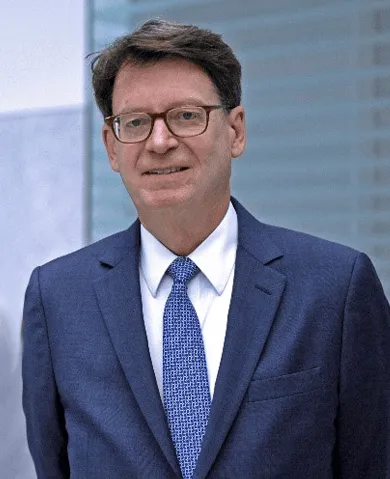
Former AO Director James C. Duff
Even with passage of the CARES Act, Judicial Conference policy did not permit broadcasting of court proceedings in either criminal or civil cases. The Executive Committee swiftly voted to permit public and media access to electronic criminal and civil hearings during the COVID-19 emergency.
Thus, in a matter of weeks, the CARES Act provisions and the actions of many conference committees allowed most criminal and civil proceedings to continue with public access, even in courthouses that were fully closed to the public.
Between the Act’s emergency procedures and the courts’ electronic filing systems, few federal courts amassed big case backlogs.
“The courts were able almost immediately to pivot and function remotely,” Fleissig said. “Even when the courthouse wasn’t open, we kept cases moving. About a year ago, I was at a place where I had no COVID backlog. That’s incredible.”
A ‘Centralized Source’
Courts still faced countless operational challenges.
With the help of the AO COVID-19 Task Force, protective gear was purchased for the courts, and vaccines were made available to court personnel. Best practices for purifying air supplies were identified, and a procedure was adopted for modifying restrictions in courts based on local health conditions.
“It was a wonderful example of coordination and cooperation among the circuits, and with the AO and the Judicial Conference serving as a centralized source of information,” said Duff. “Our staff did an incredible job of being responsive to the circuits.”
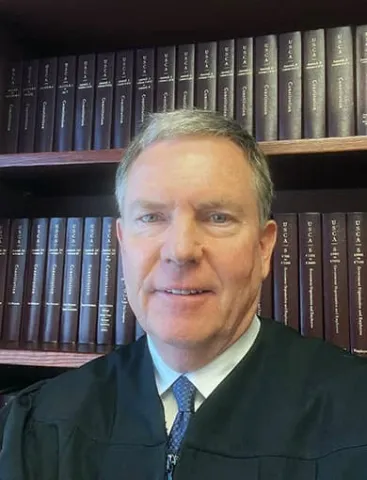
Judge James K. Bredar
Although courts determined COVID-19 strategies locally, having a national information source was invaluable, said Judge James K. Bredar, a member of the AO COVID-19 Task Force.
“The Judiciary loves its flat governance structure. It’s one of the things that guarantees judicial independence,” said Bredar, chief judge of the District of Maryland. “But it does have a weakness. When an unexpected, massive event like COVID sweeps over the Judiciary, suddenly all of the disparate courts are seeking centralized, coherent advice and guidance.”
Many judges did coordinate locally, Bredar said. In the mid-Atlantic, he organized a group of about 15 chief judges who consulted about COVID-19 through email and occasional conference calls.
“Courts operate in different regions, with differing cultures on how cautiously they needed to address the pandemic,” he said. “Consultation with other chief judges in a climate similar to my own was extremely helpful.”
Resuming Jury Trials
As courts resumed procedural hearings, they turned to the far more complex question of how to stage a jury trial safely. Many courts redesigned courtrooms, and some installed plexiglass barriers.
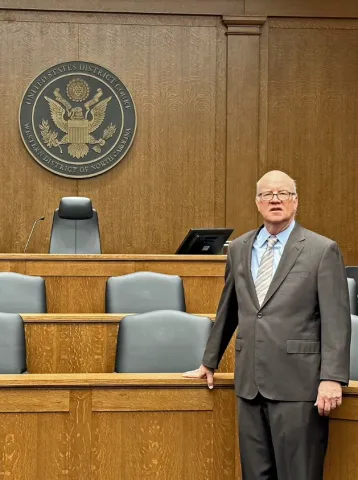
Judge Robert J. Conrad Jr.
Judge Robert J. Conrad, Jr., of the Western District of North Carolina, held a jury trial months after COVID-19 began. The case was tried in a spacious ceremonial courtroom, and jurors sat socially distanced in the spectator area, where benches for public visitors had been removed. To preserve distance and anonymity, the jury deliberated in a magistrate judge’s courtroom down the hall.
“We conducted two mock trials, and when we had acquired sufficient information and buy-in from the different players, we tried our first criminal trial,” Conrad recalled. “The defendant was acquitted, and he went home to his family that night. It reinforced to us the importance of the jury trial. If there was a way to safely do this, we were constitutionally obligated to try.”
Working with the AO COVID-19 Task Force, Conrad chaired a subgroup of 10 judges, two court executives, and a federal defender and U.S. attorney on how to conduct safe jury trials. The participants represented courts of all sizes and came from rural and urban areas. On June 4, less than three months after courts first shut down, the subgroup delivered a report filled with best practices.
They addressed high-level issues — courts were encouraged to use multiple courtrooms, with separate spaces for the trial, for jury deliberations, and for spectators to watch a video feed. Similarly, wireless headsets with secure channels could enable defense lawyers and defendants to confer confidentially while seated apart.
The subgroup also identified easily missed health threats, such as how jurors might share a refrigerator and microwave during breaks, and the need to dispose of jurors’ pens after each trial.
Conrad said the jury subgroup recognized that the pandemic created unique challenges for each court, district, and even divisions within a district, making it impossible to recommend one-size-fits-all solutions. But he was deeply gratified by the group’s determination to assist courts in resuming jury trials safely.
“We were compelled to get together and figure out best practices to be disseminated to our colleagues across the country,” Conrad said. “It was a time of great experimentation under enormous stress, and I think the Judiciary handled it as well as a branch of government could.”
Preparing for the Future
Courthouses have long since resumed federal jury trials, but many continue to use virtual technology practices acquired or perfected during the pandemic, especially in civil and bankruptcy proceedings.
Looking back to early 2020, Duff noted that the Judiciary was better prepared to cope with COVID-19 than might have seemed evident at the time. Especially valuable was experience with prior weather disasters and training to prepare for multiple scenarios, including terrorist attacks.
“We had done emergency preparedness/shutdown training in previous years,” Duff said. “We had prepared manuals that came in handy even if they were not entirely applicable to a pandemic.”
The Judiciary already is working to be ready for future emergencies.
Under a process included in the CARES Act, the Judiciary studied possible rules changes to ease the courts’ response to future emergencies. In September, the Judicial Conference endorsed recommendations from the Committee on Rules of Practice and Procedure.
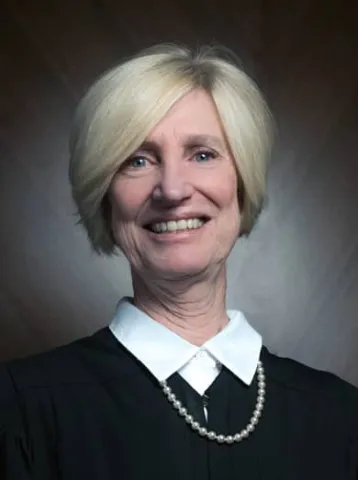
Judge Claire V. Eagan
If the Supreme Court and Congress accept the changes, the Judicial Conference could declare a future rules emergency when “extraordinary circumstances relating to public health or safety, or affecting physical or electronic access to a court, substantially impair the court’s ability to perform its functions.”
A new Criminal Rule 62 would address public access to the courts, the number of alternate jurors a court may impanel, and the use of videoconferencing and teleconferencing for certain criminal proceedings, if a future emergency is declared.
Judge Claire V. Eagan, who served as chair of the Judicial Conference’s Executive Committee throughout the COVID-19 crisis, before leaving the Conference in September, said the Judiciary’s pandemic response was the ultimate validation of Chief Justice Taft’s vision for a national conference of judges to guide the federal courts.
“I believe it is the shining example of how the Judicial Conference is poised to address any type of emergency, including one that impacts every single court in the United States,” Eagan said. “And I think it is the example we will use going forward as the model of how to respond to any type of emergency.”
Judicial Conference at 100
Learn about how the Judiciary’s national policy making body has grappled with many issues to mark the 100th anniversary of the Judicial Conference of the United States.
Subscribe to News Updates
Subscribe to be notified when the news section is updated.
